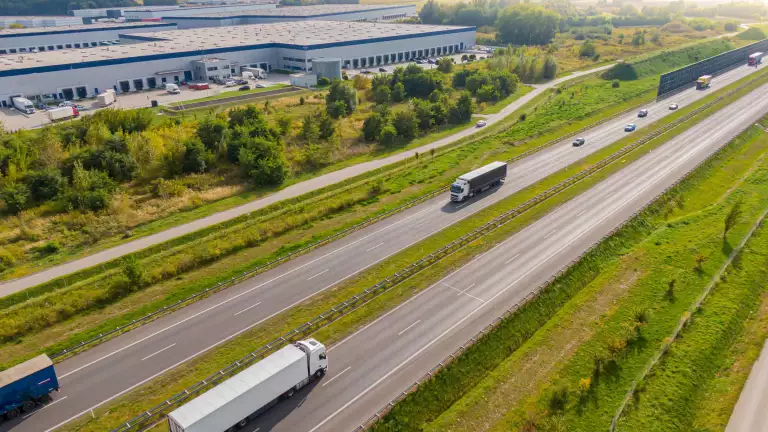In response to ongoing geopolitical turmoil, trade patterns are shifting—offering executives plenty of opportunities for seeking advantage from new sources of supply that will optimize cost and build resilience.
Though we are in a challenging short-term situation, companies should not delay long-term planning. History has shown that periods of recession and even inflation eventually pass, leading to periods of sustained economic growth. To prepare now for the growth opportunities to come, every business must consider where it sources, transforms, and sells its products and services even as tensions mount in many key global trade corridors.
To paraphrase Mark Twain, rumors of the demise of globalization are greatly exaggerated. In fact, the aggregate level of global merchandise trade has never been higher, hitting a new record as it rebounded from the initial shock of the COVID-19 pandemic. But new complexity is forming as certain trade corridors shrink—or grow—at faster or slower rates than their historical trend lines.
To prepare now for the growth opportunities to come, every business must consider where it sources, transforms, and sells its products and services even as tensions mount in many key global trade corridors.
This is due both to companies’ seeking resilience in their supply chains and to an ever-increasing number of products and geographies that are subject to trade constraints imposed by governments. For instance, the US Inflation Reduction Act (IRA), which was signed into law in August, includes provisions on rebates for electric vehicles, which codify two emerging policy themes.
First, we are seeing a more “continentalist” approach to supply chain security. By providing incentives under the IRA of up to $7,500 for the purchase of new EVs built in the US, Canada, or Mexico, the US is asserting that a “Made in North America” approach will strengthen its position as it faces other trade blocs in Europe and Asia.
Second, legislators are increasingly focusing on the national origin of the capital behind a product as well as that of the product itself. Under the IRA, EVs made with batteries that include materials sourced from “foreign entities of concern” will not qualify for IRA incentives. For example, a Chinese-owned lithium mine in Chile could be restricted from shipping Chilean lithium into the US, even though the lithium itself may be of 100% Chilean origin.
These restrictions suggest that consensus is weakening around how the international system should be structured. In the past, countries would look to the multilateral World Trade Organization to create the rules for free and fair trade, but leaders today must understand that nations and trade blocs are taking matters into their own hands, making trade factors like regulations and market shifts harder to predict.
Despite the scale of these global changes, companies can respond with some immediate moves to spot points of vulnerability and manage risk.
Simply holding more buffer inventory will provide greater resilience to supply shocks. The additional cost of working capital can be offset by the avoidance of stock-outs or supply disruptions.
For a deeper level of resilience, companies can pre-qualify alternative suppliers that meet cost, quality, and delivery requirements. Once selected, the alternative supplier can keep designs and equipment on-hand and ready for production.
As part of long-term planning, leaders should identify where future markets will exist and consider a more regionally based supply chain.
As part of long-term planning, leaders should identify where future markets will exist and consider a more regionally based supply chain. This may mean building in North America for North American markets, and in and around Europe for markets in Europe, with lower-cost options available in Eastern Europe, Turkey, and Morocco. For Asian markets, there are interesting options for manufacturing in the ASEAN countries—not only to serve this burgeoning market of 650 million consumers but also to serve China, which is now connected to ASEAN by the RCEP free trade agreement.
Change Your Trajectory: Unlock success in business transformation
Global dynamics will continue to be complex. So regardless of the current short-term difficulties, companies should not defer long-term planning. Leaders should think about where the business will be—well beyond the next one to two years—and how a firm’s strategy can ensure that the investments needed for success in the future are made now.




